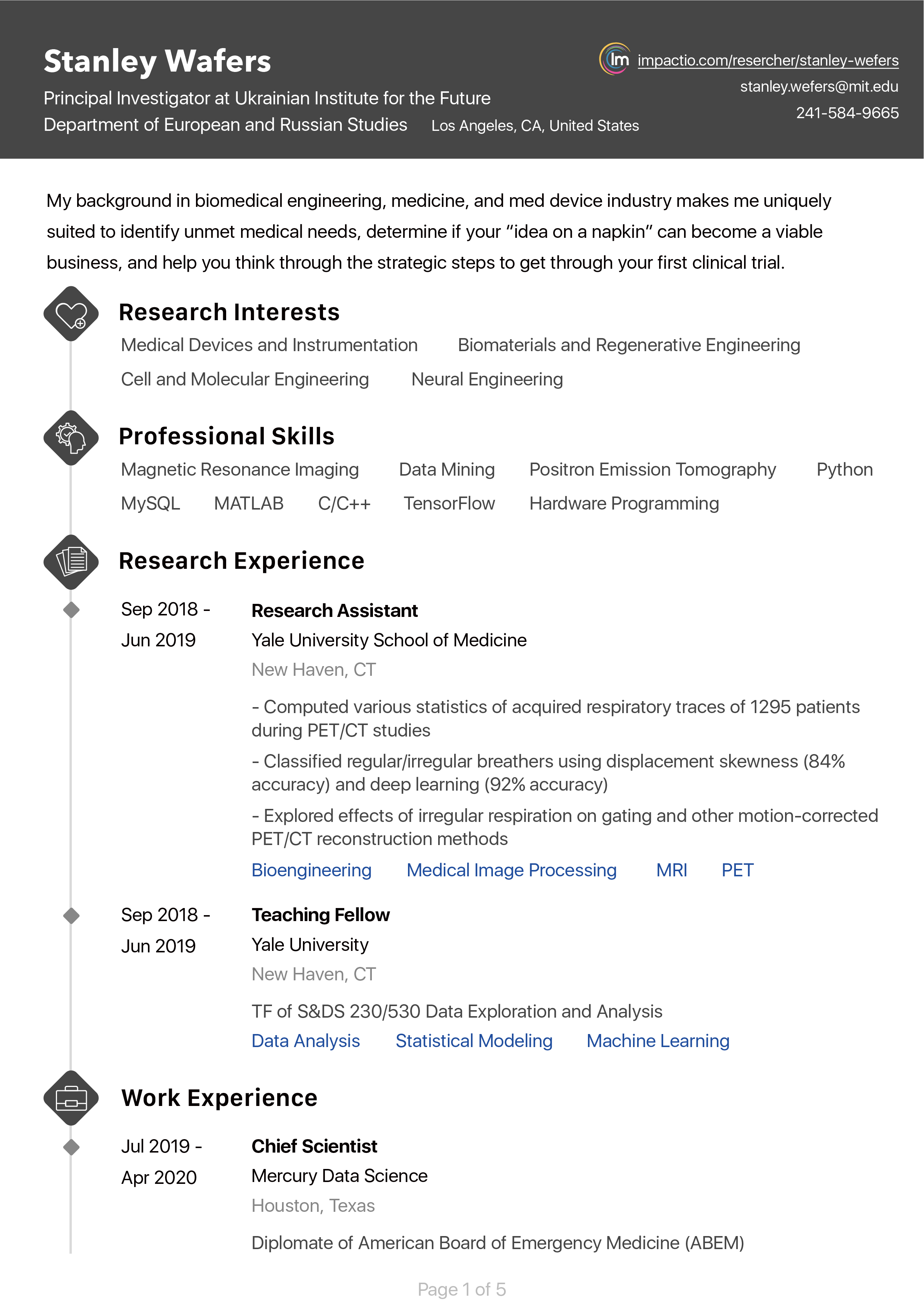Dr. Sheng-Lung Huang received the B.S. degree from the Department of Electrical Engineering, National Taiwan University in 1986, and the M. S. and Ph. D. degrees from the Department of Electrical Engineering, University of Maryland, College Park in 1990 and 1993, respectively. He joined the Graduate Institute of Photonics and Optoelectronics (GIPO) and Department of Electrical Engineering, National Taiwan University in 2006. Starting 2007, he served as the Chairman of GIPO for 3 years. He was also a guest professor at the Abbe School of Photonics, Friedrich-Schiller University of Jena, Germany, 2014. Prior to joining National Taiwan University, he served as Chairman of the Institute of Electro-Optical Engineering, National Sun Yat-Sen University from 2003 to 2005. Dr. Huang’s research interest is on crystalline fiber based devices and applications. He pioneered the development of cellular-resolution optical coherence tomography, and has used it clinically on early diagnosis of cancer and diseases. His work on crystal fiber based devices and applications have been invited for more than 50 international conference talks, including Optical Fiber Conference (OFC), IEEE LEOS annual meeting, SPIE Photonics West, etc. In 2014, he co-founded a startup company, Apollo Medical Optics, and he has served as the CTO. Dr. Huang served as Chairman of IEEE/LEOS (now IEEE/PS) Taipei Chapter, 2005/2006. He was a steering board member, European Master of Science in Photonics (EMSP). Dr. Huang has organized several international conferences and workshops, including OECC 2011 and the 2nd BioPhotonics, 2013. Dr. Huang serves as an Associate Editor of the IEEE Photonics Journal and was a Topical Editor, Optics Letters, for 6 years (2005–2011). He was a Guest Editor for Taiwan Photonics Society Quarterly in 2008. Dr. Huang has received the Outstanding Research Award from the Ministry of Science and Technology, and the University/Industry Cooperation Award from the Ministry of Education. He has also jointly awarded Chimei Innovation Excellence Award and Optical Communications Elite Award. He is a Fellow of the OSA.
Professor Huang’s research directions are:
- Crystalline fiber based broadband light sources: including the next generation optical amplifier in the 1.2-1.6-μm band and the tunable laser and high-brightness emission in the 0.6-1.4-μm wavelength range,
- In-vivo biomedical optical imaging: Using our proprietary crystalline fiber based optical coherence tomography system, submicron resolution has been achieved for real-time cell/tissue analyses. Dynamic bio-imaging is now utilized on organ anatomy and blood flow for early detection/diagnosis of diseases and cancers,
- High power fiber laser: with the master-oscillator-power-amplifier configuration for the generation of high-energy laser pulses and EUV light source.
Abstract
Higher gain of single-mode Cr-doped crystalline core fibers (SMCDCCFs) with longer fiber length employing an optimized molten-zone in laser-heated pedestal growth (LHPG) technique is demonstrated. The optimized molten zone in the LHPG is determined by an empirical formula. The SMCDCCFs exhibit a length of 24-cm, a core diameter of 25-?m, and a V-value of 2.40 which confirms the LP01 single-mode operation. A 6.44-dB gross gain and a 4.44-dB net gain with 24-cm fiber length of the SMCDCCF at wavelength of 1.4-?m were obtained. The gross and net gains are the highest yet reported of the SMCDCCFs. Further studies on higher gain of more than 10-dB gross gain of the SMCDCCFs including a longer length of 30-cm, a lower loss fiber, and a suitable annealing technique are essential to develop the SMCDCCFs as broadband fiber amplifiers for practical use in the next-generation fiber transmission systems and are currently under investigation.
Abstract and Figures
A compact and wavelength-calibration-free interferometric scheme was numerically and experimentally investigated using an extreme ultraviolet (EUV) source generated by a laser-produced plasma. A Michelson-type interferometer with a common path, formed by a Si/Mo-multilayer-based beam splitter and mirror, was utilized to achieve system compactness. Based on the Wiener-Khinchin theorem, an accurate EUV spectrum was obtained by numerically analyzing the measured signal autocorrelation without performing wavelength calibration. The achieved spectral resolution of 30 pm was comparable to those of flat-field spectrometers. Various high-oxidation states of Sn and the residual O in the vacuum chamber were also successfully identified.









